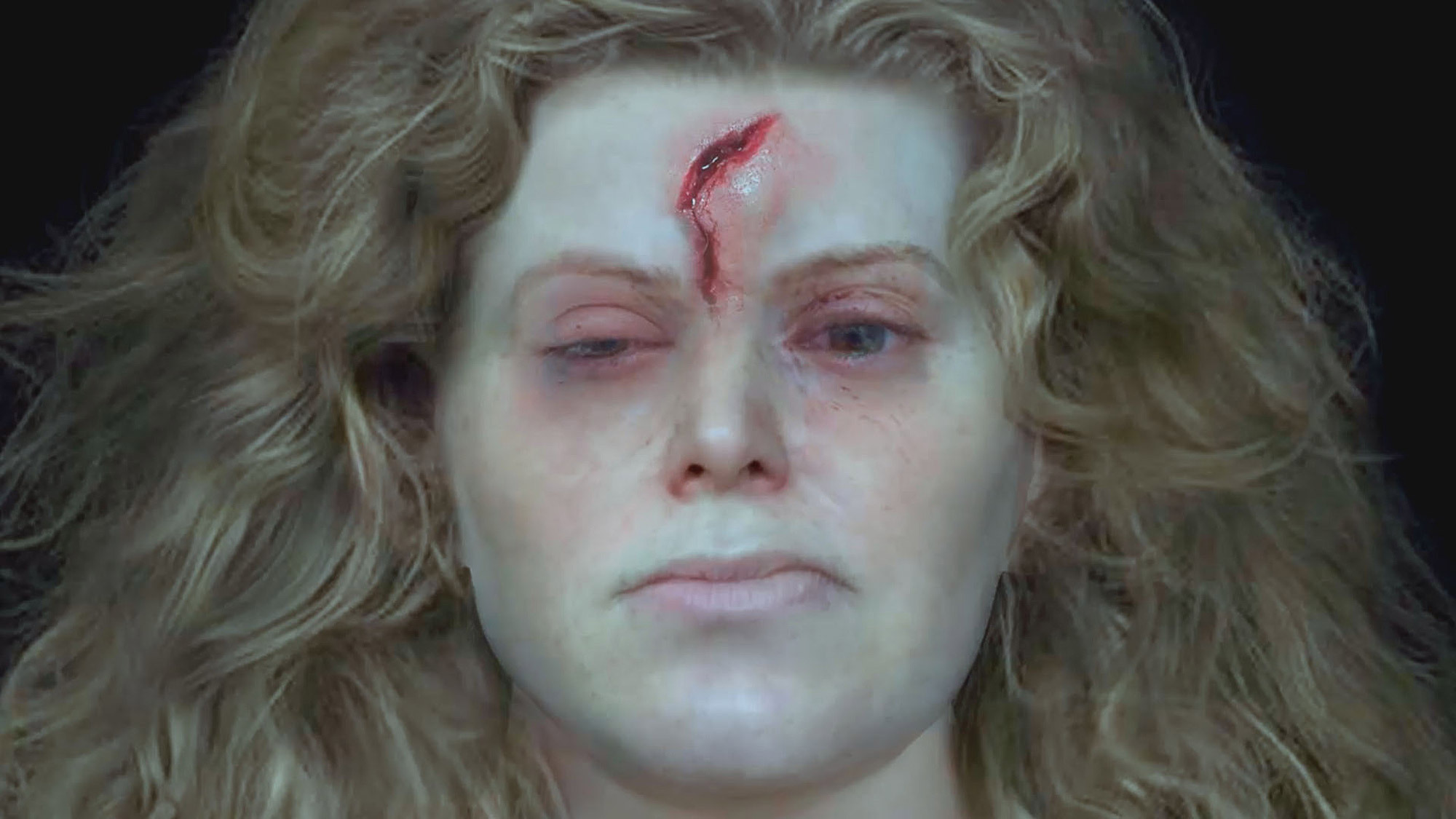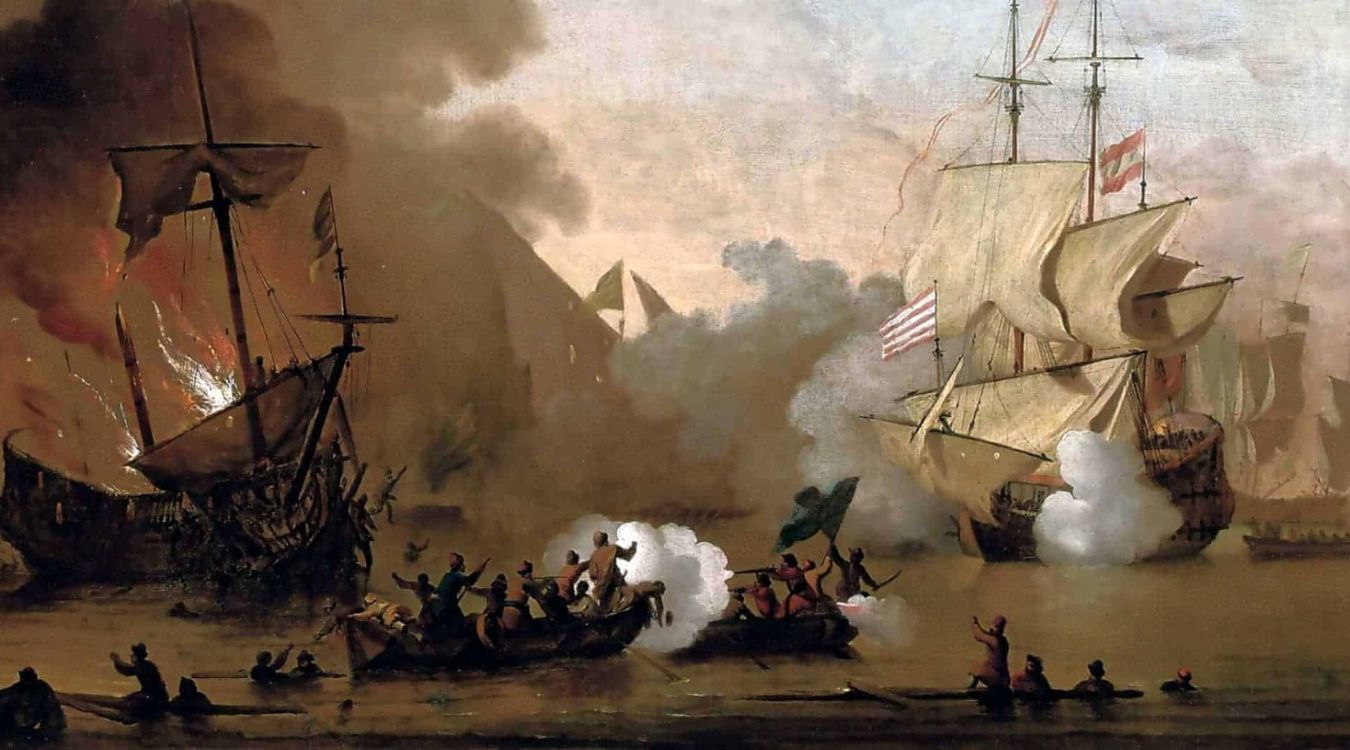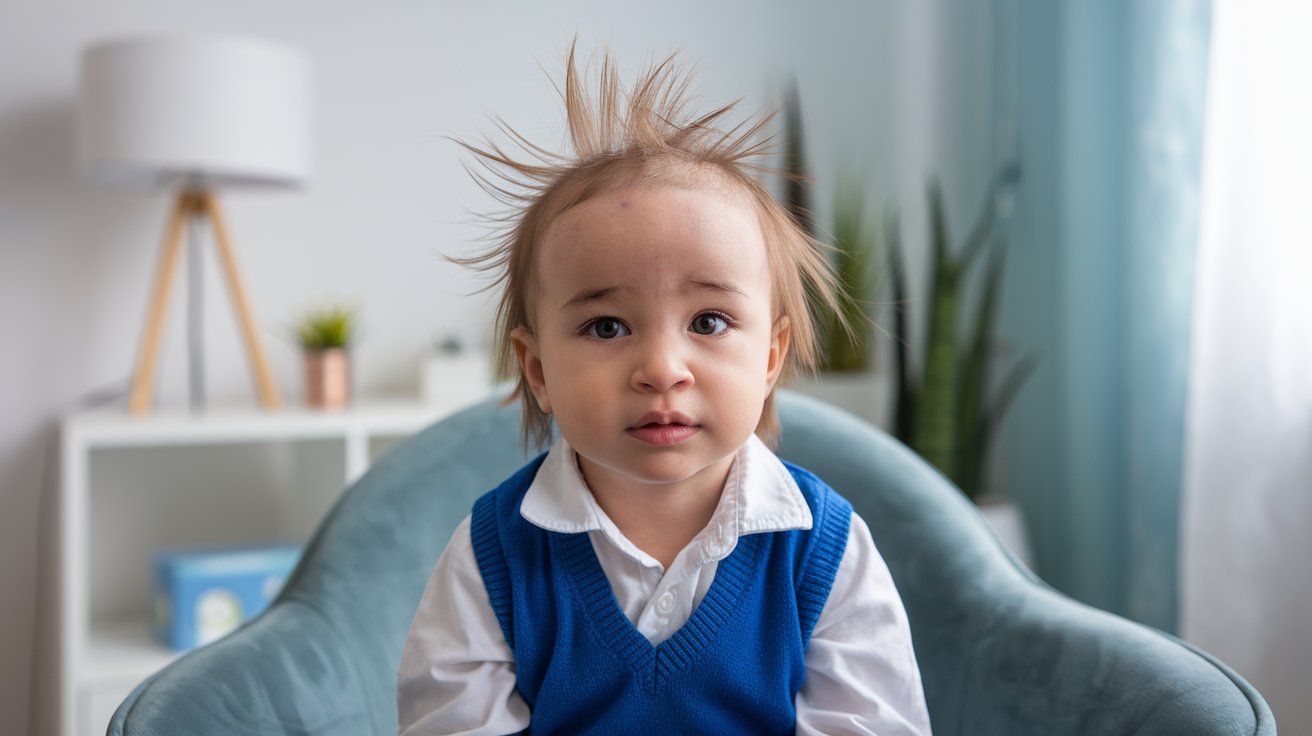
Did you know that female Viking face reconstructions are based on both historical records and modern technology? These reconstructions offer a glimpse into the lives of Viking women, who were often as fierce and adventurous as their male counterparts. Using skeletal remains, forensic artists and scientists recreate faces that tell stories of bravery, hardship, and daily life. But how accurate are these reconstructions? They combine archaeological evidence with advanced techniques like 3D modeling and DNA analysis to create lifelike images. Why is this important? It helps us understand the diverse roles women played in Viking society, challenging old stereotypes. Ready to learn more? Let's dive into 38 fascinating facts about these incredible reconstructions!
Key Takeaways:
- Unveiling the Faces of Female Vikings Advanced technology and meticulous research bring the legendary women of the Viking era to life with remarkable accuracy, offering insights into their lives and cultures.
- Challenges and Future of Facial Reconstruction Despite obstacles like incomplete skulls and decomposition, advancements in technology and interdisciplinary collaboration promise a promising future for facial reconstruction, enhancing our understanding of Viking history and culture.
Female Viking Face Reconstruction: A Glimpse into the Past
Reconstructing the faces of female Vikings offers a fascinating peek into the lives of these legendary women. Through advanced technology and meticulous research, we can now visualize their appearances with remarkable accuracy. Here are some intriguing facts about female Viking face reconstruction.
-
Facial Reconstruction Techniques: Modern facial reconstruction combines forensic science, anthropology, and art to recreate faces from skeletal remains.
-
3D Technology: Advanced 3D scanning and printing technologies play a crucial role in creating accurate facial reconstructions.
-
CT Scans: CT scans of skulls provide detailed images that help forensic artists understand bone structure and facial features.
-
Soft Tissue Depth Markers: Researchers use soft tissue depth markers based on modern population data to estimate the thickness of muscles and skin.
-
Historical Accuracy: Artists incorporate historical and cultural knowledge to ensure the reconstructions reflect the Viking era accurately.
The Science Behind the Faces
Understanding the scientific methods behind these reconstructions helps appreciate the effort and precision involved.
-
Osteology: The study of bones, or osteology, is fundamental in determining the age, sex, and health of the individual.
-
DNA Analysis: DNA analysis can reveal hair and eye color, providing a more complete picture of the individual's appearance.
-
Isotope Analysis: Isotope analysis of teeth and bones can give clues about diet and migration patterns.
-
Craniofacial Superimposition: This technique involves overlaying a skull with a photograph to match facial features.
-
Facial Approximation Software: Specialized software helps forensic artists create digital reconstructions with high precision.
Insights into Viking Life
These reconstructions offer more than just faces; they provide insights into the lives and cultures of Viking women.
-
Health Indicators: Signs of malnutrition or disease on bones can indicate the health and living conditions of the individual.
-
Injuries and Trauma: Evidence of injuries can suggest involvement in battles or accidents.
-
Cultural Practices: Dental modifications or specific burial practices can reveal cultural and social norms.
-
Clothing and Accessories: Reconstructions often include depictions of clothing and accessories based on archaeological findings.
-
Social Status: The presence of certain grave goods can indicate the social status of the individual.
Famous Female Viking Reconstructions
Several notable female Viking reconstructions have captured public interest and provided valuable historical insights.
-
The Birka Warrior: The reconstruction of a female warrior from Birka, Sweden, challenged previous assumptions about gender roles in Viking society.
-
Oseberg Queen: The face of the Oseberg Queen, buried in a richly furnished ship burial, offers a glimpse into the life of Viking nobility.
-
The Greenland Woman: This reconstruction provides insights into the lives of Viking settlers in Greenland.
-
The Dublin Woman: A reconstruction of a woman from Viking-age Dublin highlights the diversity of the Viking population.
-
The Repton Warrior: The face of a female warrior buried in Repton, England, underscores the presence of Viking women in military roles.
Challenges in Reconstruction
Reconstructing faces from ancient remains is not without its challenges. Here are some obstacles researchers face.
-
Incomplete Skulls: Many skulls are incomplete or damaged, making accurate reconstruction difficult.
-
Decomposition: Decomposition can alter bone structure, complicating the reconstruction process.
-
Subjectivity: Some aspects of facial reconstruction rely on the artist's interpretation, introducing a degree of subjectivity.
-
Lack of Soft Tissue Data: Without soft tissue, it's challenging to determine the exact appearance of facial features.
-
Cultural Bias: Modern perceptions can influence reconstructions, potentially leading to inaccuracies.
The Impact of Reconstructions
These reconstructions have a significant impact on our understanding of Viking history and culture.
-
Educational Value: They provide valuable educational tools for teaching about Viking history.
-
Public Interest: Reconstructions capture public interest and bring attention to archaeological discoveries.
-
Cultural Representation: They help represent the diversity and complexity of Viking society.
-
Historical Revision: New reconstructions can challenge and revise previous historical interpretations.
-
Museum Exhibits: Many reconstructions are featured in museum exhibits, making history accessible to a wider audience.
Future of Facial Reconstruction
The future of facial reconstruction looks promising with advancements in technology and methodology.
-
AI Integration: Artificial intelligence is being integrated into reconstruction processes to enhance accuracy.
-
Virtual Reality: Virtual reality allows for interactive and immersive experiences with reconstructed faces.
-
Crowdsourcing Data: Crowdsourcing data from modern populations can improve the accuracy of soft tissue depth markers.
-
Interdisciplinary Collaboration: Collaboration between scientists, historians, and artists leads to more comprehensive reconstructions.
-
Ethical Considerations: Ethical considerations are increasingly important in the treatment and display of human remains.
Notable Discoveries
Some discoveries have significantly advanced the field of facial reconstruction.
-
L'Anse aux Meadows: Discoveries at this Viking site in Newfoundland have provided valuable skeletal remains for reconstruction.
-
York Archaeological Trust: The trust's work in York, England, has led to several notable reconstructions of Viking individuals.
-
Jorvik Viking Centre: This museum in York features several reconstructions, offering visitors a tangible connection to Viking history.
Final Glimpse at Female Viking Face Reconstruction
Female Viking face reconstructions offer a fascinating peek into the past. These reconstructions blend archaeology, forensic science, and art to bring ancient history to life. They help us understand the lives, cultures, and appearances of Viking women, who played crucial roles in their societies. By studying their facial features, we gain insights into their health, diet, and genetic heritage.
These reconstructions also challenge stereotypes, showing Viking women as more than just warriors or homemakers. They were leaders, traders, and explorers. Each reconstructed face tells a unique story, reminding us of the rich diversity within Viking communities.
In short, female Viking face reconstructions bridge the gap between past and present, offering a tangible connection to our ancestors. They remind us that history is not just about dates and events but about real people who lived, loved, and shaped the world we know today.
Frequently Asked Questions
Was this page helpful?
Our commitment to delivering trustworthy and engaging content is at the heart of what we do. Each fact on our site is contributed by real users like you, bringing a wealth of diverse insights and information. To ensure the highest standards of accuracy and reliability, our dedicated editors meticulously review each submission. This process guarantees that the facts we share are not only fascinating but also credible. Trust in our commitment to quality and authenticity as you explore and learn with us.


